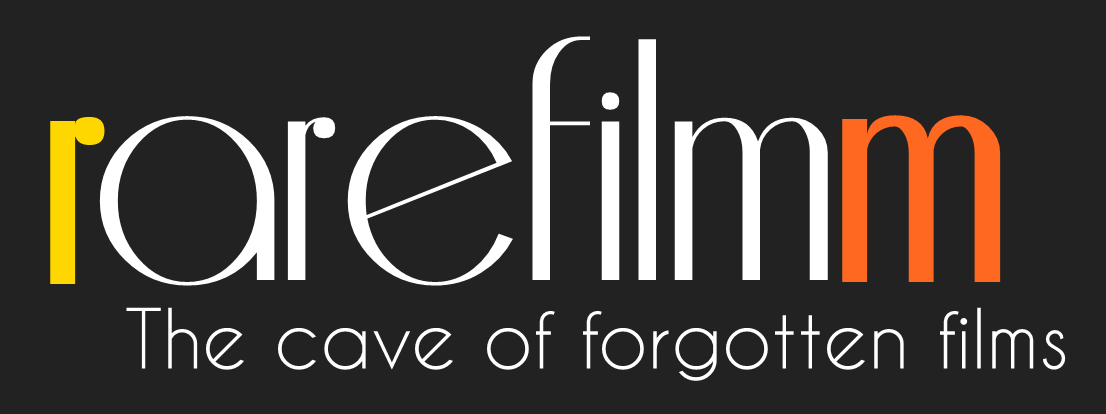A slowly disintegrating painting, a bird on the painting that later flies away. An ethereal female figure that pops up from time to time, then as a counterpoint a disgusting insect, an undulating multitude of pebbles and a plethora of letters fill the picture. In other words, the combined spectacle of visual motifs and sound effects creates a unique and memorable vision of the passing of time and the continuous change of time.
Tag: HUNGARY
This impressionist film is set in the period of “sweet peace”, at the turn of the century. Jeno Kelepei, a bohemain student, decides to move into Mutter’s brothel after a dissipated night, for food and accomodation. When the young man’s anxious mother arrives unexpectedly from the countryside, the Mutter quickly transforms the house into a boarding house for damsels.
Budapest, in the ’80s. Géza and his family living in the block flat microdistrict. One morning Géza meets a young lady in the elevator. This moment change his life. On the same day he quits his factory job and decides to start his own business: became a wall driller, as there a big demand for it in the neighborhood.
“Puppeteers are the nightmares of markets and stalls. They don’t ask for two kilos of beans, rather they select from 200 kg according to colour and size,” wrote the director in revealing some back-stage secrets to the filmmaking in October 1975. This brilliantly executed animation played with individual beans documents the world of this planet’s residents from the point of view of an extra-terrestrial being, who is witness to the brutal suppression of a workers’ strike by the police. The film is another stop motion object animation hallmarked by Ottó Foky and based on screenplays by József Nepp. The film was shortlisted for an Academy Award for Best Animated Short Film in 1978.
Somewhere outside of time as we understand it is the timeless realm known as Eternity, where a group of highly trained technicians drawn from all the Centuries under their control, have manipulated the Earth’s history to transform it into what they believe to be a perfect world, free from every disaster and hardship. But when Senior Computer Twissel sends a young Technician named Harlan to study the 480th Century in the company of a seductive woman, Harlan begins to suspect that Twissel may have some secret plan of his own which has something to do with the forbidden centuries before time travel was invented…
Directed by Cannes-award winner Sándor Reisenbüchler, Holdmese is a psychedelic animated short that mixes pulp sci-fi, Tibetan mysticism and Slavic folklore. Two scientists propose that the moon is an ancient, derelict spaceship, and go on a journey through deep space to discover its origins. The influence of Stanley Kubrick’s 2001 is clear, but Reisenbüchler’s collage technique is distinctively- and irreverently- his own. Holdmese stands as a brilliant forgotten work of Communist animation.
An almost psychedelically luminous invocation of the Battle of Borodino set to Tchaikovsky’s 1812 Overture (1880). As Reisenbüchler put it: the film deals with “self-destruction in the power struggle for the conquest of empires”.
This ecologically-minded film builds on the contrasts of idyllic, untouched nature and small communities versus the world of rigid, faceless, gigantic machine monstrosities. This film that was created at the time of mass demonstrations against the levelling of Transylvanian villages and the barrage system on the Danube in the late 1980s was inspired by the novel Farewell to Matyora by Valentin Rasputin about a Siberian village flooded because of the construction of a hydroelectric power station.

 For any questions or requests you can always find me at rarefilmm@gmail.com. Stay tuned for those new movies! Thank you once again for all the love and support and thanks a lot to everyone who keeps spreading the word about the site, the rarefilmm community is truly amazing, I'm very grateful for all your love and support
For any questions or requests you can always find me at rarefilmm@gmail.com. Stay tuned for those new movies! Thank you once again for all the love and support and thanks a lot to everyone who keeps spreading the word about the site, the rarefilmm community is truly amazing, I'm very grateful for all your love and support 
